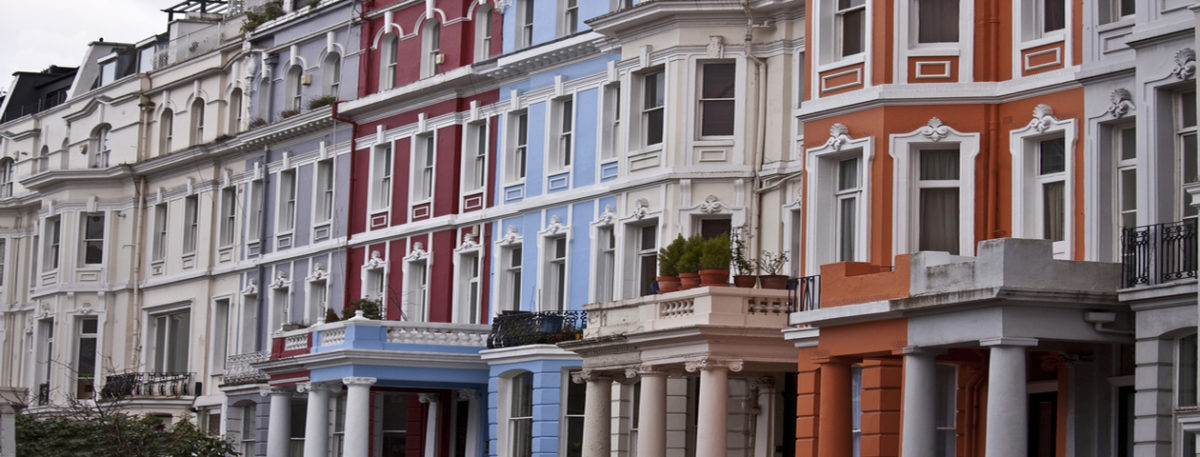IEA response to plain packaging consultation
SUGGESTED



A great deal of evidence has emerged since the initial consultation, including evidence that was ignored in the Chantler Review. The government said that it wished to monitor events in Australia. We now have a good idea of how badly plain packaging has fared in that country. We enclose a copy of a briefing paper that looks at the many issues that were not addressed in the Chantler Review, but we would stress a number of recent developments.
1. Smoking prevalence and cigarette consumption
Evidence from Australia clearly shows that plain packaging failed to reduce cigarette sales. Australian Bureau of Statistics’ data show a long term decline in the chain volume of tobacco sales going back to the 1970s, but this went into reverse in the first year of plain packaging (see graph below). In three out four quarters in 2013, sales were higher than they had been in the last quarter before plain packaging was implemented. This unusual rise in chain volume sales only came to end in December 2013 when a large tax rise on tobacco (of 12.5 per cent) was implemented, thereby leading to a fall in the next quarter.

Advocates of plain packaging have argued that plain packaging has not been a failure in Australia on the basis that sales after the tax hike were lower than before plain packaging was implemented. This is highly disingenuous. The question is whether plain packaging had an effect in its first year, not whether a price hike had an effect thirteen months later. The evidence is quite clear: the long term decline in legal tobacco sales bottomed out and began to rise after plain packaging was enacted and illegal sales rose.
Perhaps the most desperate attempt to find evidence in support of plain packaging came in July 2014 when ASH claimed that there had been a “huge drop in Australian smoking rates attributed to standardised packs”. This claim was based on a decline in daily smoking prevalence from 15.1 per cent to 12.8 per cent, but closer inspection revealed that ASH was referring to a three year period between 2010 and 2013, not (as was implied) between December 2012 and the present day. For two-thirds of the period in which ASH claimed that there was a “huge drop”, plain packaging was not in force and could not possibly be a factor.

Furthermore, daily smoking prevalence has fallen every year in Australia since 1993 by 0.4-0.9 per cent per annum. The trend between 2010 and 2013 was in line with this secular decline. There was, for example, a bigger drop between 1998 and 2001 (21.8 to 19.4 per cent) than between 2010 and 2013 (15.1 to 12.8 per cent). Two studies by Dr Ashok Kaul and Dr Michael Wolf have confirmed that there was no impact from plain packaging on the longterm trend in smoking prevalence. These statisticians met Sir Cyril Chantler’s team but their evidence was not included in the Chantler Review—a significant oversight.
2. The illicit trade
A study by the global accounting firm KPMG reported a 154 per cent rise in the sale of illicit, branded cigarettes in Australia, including Manchester, a brand that is produced legally in the United Arab Emirates before being smuggled into the country by boat. This brand has never been legal in Australia. It is unregulated and its packaging contains no health warnings. Despite this, Manchester now makes up 1.2 per cent of the entire market, in terms of consumption. Overall, illicit tobacco now represents 13.3 per cent of the Australian tobacco market (KPMG (2013), ‘Illicit tobacco in Australia’, October).
Official Australian government figures show that the number of seizures of illicit tobacco rose by 60 per cent between 2011/12 and 2012/13, with 183 tonnes of tobacco and 200 million cigarettes detected (Australian Government (2013), ‘Australian Customs and Border Protection Service: Annual Report 2012- 2013’, Sydney: 91). Australian newspapers report that illicit tobacco is widely available both on the black market and in retail shops. In January 2014, Australian authorities seized 71 tonnes of illegal tobacco and 80 million cigarettes in a single shipment – the largest seizure in the country’s history. Two months later, more than 35,000 tobacco plants were seized from a crime syndicate in Melbourne. The gang were also involved in the trafficking of drugs and guns.
In June 2014, the Sun newspaper sent journalists to Indonesia to secretly film a meeting with a major cigarette counterfeiter. The recorded conversation left little doubt that illicit traders see plain packaging as a boon:
‘Indonesian forger Faus Firdaus said his profits would soar when he no longer has to copy the complex packaging and embossing on popular makes like Marlboro and Regal. He even punched the air as he mocked PM David Cameron, cheering: “Plain packaging… I support the UK government! …We will make more money. We can make it cheaper but sell for the same price. It’s good for you, good for me.”‘ He added that plain packaging would also lower the profile of forgeries, making them easier to ship without suspicion.’
3. Intellectual property/trade
In June 2014, investment analysts Exane BNP Paribas published a report about tobacco regulation which concluded that deprivation of intellectual property is ‘the strongest of the legal arguments’ against plain packaging (Bushnell, J., J. Stent, E. Ferry and J. Wyatt (2014), ‘Equities: Tobacco Regulation’, Exane BNP Paribas, 23 June).
Article 17 of the EU Charter of Fundamental Rights states that ‘Intellectual property shall be protected’ and that ‘No-one may be deprived of his or her possessions, except in the public interest and under the conditions provided for by law, subject to fair compensation being paid in good time for their loss. The use of property may be regulated by law insofar as is necessary for a general interest.’
Noting that there is ‘no public health override which would avoid compensation, merely an override that allows the government to deprive property in the first place’, Exane BNP Paribas estimates that compensation from the British government to the tobacco industry could certainly be ‘in the billions’ and could possibly reach as high as £9-11 billion.
4. Trade disputes and the slippery slope
The Indonesian government has already expressed interest in putting alcohol in plain packaging. As an Islamic country, Indonesia has religious reasons to clamp down on alcohol, but its government has also intimated that the policy would be “retaliation” for Australia bringing in plain packaging for tobacco. This is exactly the kind of tit-for-tat war that trade agreements are designed to prevent and it illustrates the predicted consequences of plain packaging – the slippery slopes and trade dispute.




